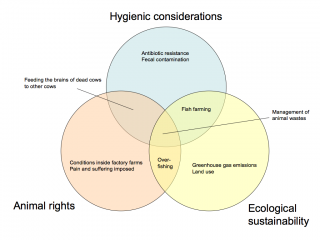The latest issue of Scientific American features an article about a ‘grand solar plan.’ The idea is to install massive solar arrays in the American southwest, then use high voltage direct current transmission lines to transfer the energy to populated areas. The intention is to build 3,000 gigawatts of generating capacity by 2050 – a quantity that would require 30,000 square miles of photovoltaic arrays. This would cost about $400 billion and produce 69% of all American electricity and 35% of all energy used in transport (including electric cars and plug-in hybrids). The plan depends upon storing pressurized air in caverns to balance electricity supply and demand. The authors anticipate that full implementation of the plan would cut American greenhouse gas emissions to 62% below 2005 levels by 2050, even assuming a 1% annual increase in total energy usage.
The authors stress that the plan requires only modest and incremental improvements in solar technology. For instance, the efficiency of solar cells must be increased from the present level of about 10% to 14%. The pressurized cavern approach must also be tested and developed, and a very extensive new system of long-distance transmission lines would need to be built. While the infrastructure requirements are daunting, the total cost anticipated by the authors seems manageable. As they stress, it would cost less per year than existing agricultural subsidy programs.
Depending on solar exclusively is probably not socially or economically optimal. The authors implicitly acknowledge this when they advocate combining the solar system with wind, biomass, and geothermal sources in order to generate 100% of American electricity needs and 90% of total energy needs by 2100. Whether this particular grand plan is technically, economically, and politically viable or not, such publications do play a useful role in establishing the parameters of the debate. Given the ongoing American election – and the potential for the next administration to strike out boldly along a new course – such ideas are especially worthy of examination and debate. It is well worth reading the entire article.








